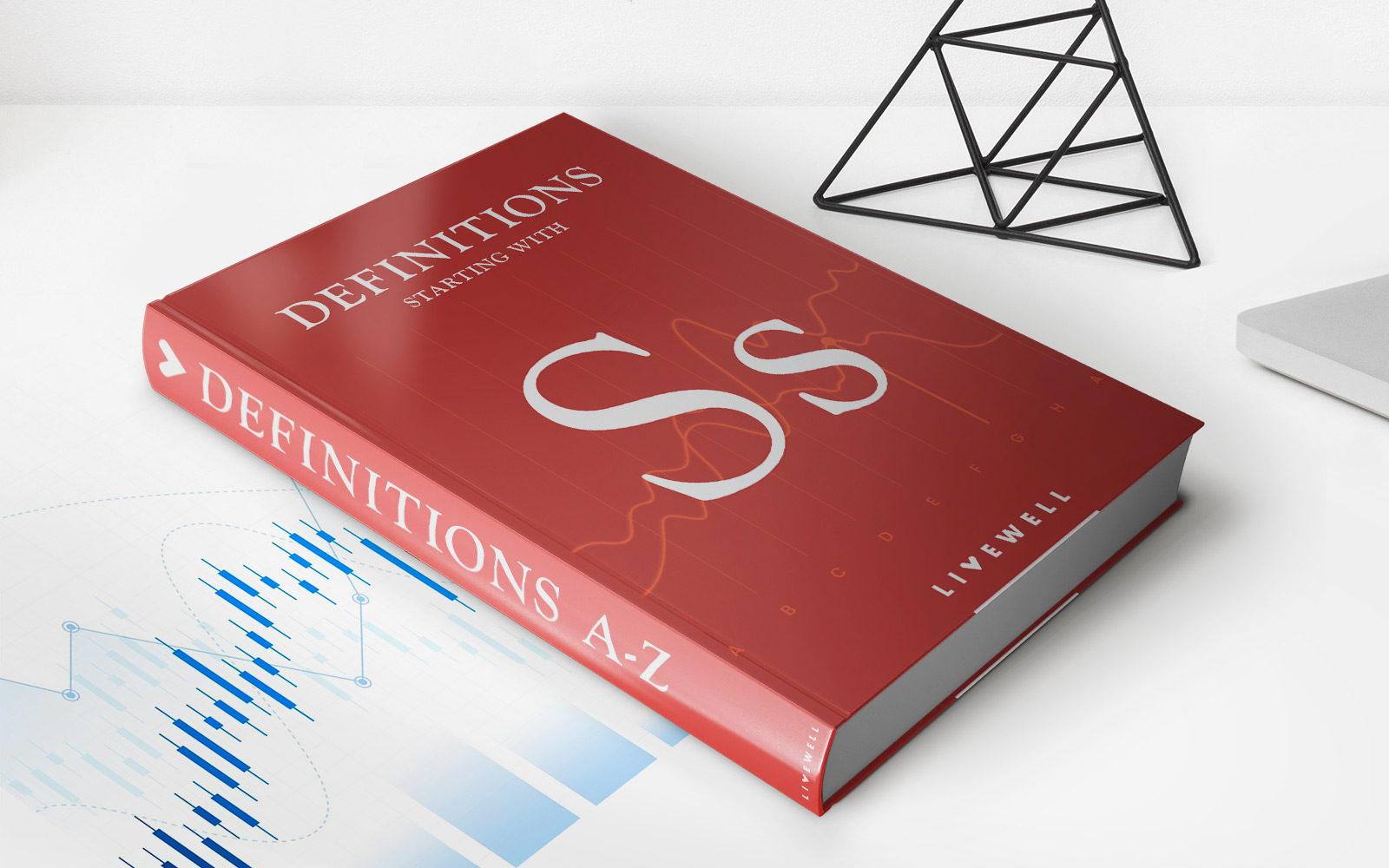Home>Finance>Personal Loans 101: Understanding Your Options with Poor or No Credit


Finance
Personal Loans 101: Understanding Your Options with Poor or No Credit
Modified: June 20, 2024
Explore pathways to secure personal loans with poor or no credit, unlocking financial opportunities and empowerment for a brighter future.
(Many of the links in this article redirect to a specific reviewed product. Your purchase of these products through affiliate links helps to generate commission for LiveWell, at no extra cost. Learn more)
Table of Contents
For people who face challenges in obtaining financial support due to poor or no credit history, personal loans serve as an effective way to bridge financial gaps. Portals such as moneyfor.com dispel the confusion surrounding individual loans. They provide valuable information and encourage informed decision-making on the path to financial stability. Our article aims to do the same and set the record straight.
The Basics of Personal Loans
A personal loan serves as a lifeline for many individuals seeking financial assistance. Unlike secured credit, such as mortgages or auto loans, individual borrowings are unsecured, meaning they don’t require collateral. Borrowers receive a lump sum upfront and agree to repay it, along with interest, in fixed monthly installments over a predetermined period. The terms and interest rates of personal loans vary based on factors like the lender’s policies and the borrower’s creditworthiness.
Poor or No Credit: Understanding Your Position
For individuals grappling with poor or nonexistent credit histories, traditional lending institutions like banks often pose significant hurdles due to their reliance on credit scores to assess risk.
However, the absence of a robust credit history doesn’t render one ineligible for financial assistance. Recognizing this, specialized lenders have emerged, catering specifically to those with less-than-perfect credit scores. These organizations acknowledge the need for inclusive financial solutions and offer alternatives tailored to individuals with credit challenges.
Personal Loan Options Available
Online Lenders
Online lending platforms have revolutionized the borrowing landscape by providing accessible options for individuals with poor credit. These platforms often boast streamlined application processes and expedited approval times, compared to traditional banks.
Credit Unions
Nonprofit credit unions prioritize the well-being of their members and may extend more lenient terms to individuals with lower credit scores. Joining a credit union can thus offer an avenue for securing favorable loan terms despite credit challenges.
Payday Alternative Loans (PALs)
Offered by select credit unions, PALs serve as a more affordable alternative to payday loans for individuals in need of short-term financing.
Co-signed or Secured Loans
Collaborating with a co-signer possessing stronger credit credentials or opting for a secured loan backed by collateral can bolster approval prospects and potentially lead to lower interest rates.
How to Evaluate a Lender
It’s crucial to thoroughly assess possible lenders before starting the process of obtaining a personal loan. Here are some thorough tips to assist you in making an informed decision:
- Loan Terms: Scrutinize the terms offered by the lender, including the loan amount and repayment period. Ensure that the terms align with your financial situation and repayment capabilities.
- Interest Rates: While interest rates are a significant factor, they should not be the sole determinant of your choice. Compare the interest rates offered by different lenders and assess how they impact the overall cost of borrowing.
- Fees and Charges: In addition to interest rates, be aware of any additional fees or charges associated with the loan, such as origination fees, prepayment penalties, or late payment fees. Understanding these costs upfront can prevent unpleasant surprises down the line.
- Customer Reviews: Research customer reviews and testimonials to gauge the experiences of previous borrowers with the lender. Pay attention to feedback regarding customer service, loan processing times, and overall satisfaction levels.
- Transparency and Clarity: Opt for lenders who demonstrate transparency and provide clear explanations of loan terms and conditions. Avoid those who employ opaque practices or withhold crucial information from borrowers.
- Reputation and Credibility: Consider the lender’s reputation and credibility within the industry. Look for established lenders with a track record of reliability and ethical lending practices.
- Customer Support: Assess the quality of customer support offered by the lender. Choose a lending organization that provides accessible and responsive customer service to address any queries or concerns you may have throughout the borrowing process.
- Accessibility and Convenience: Evaluate the lender’s accessibility and convenience, particularly if you prefer online or mobile banking options. Opt for lenders who offer user-friendly platforms and efficient application processes.
- Regulatory Compliance: Ensure that the lending institution operates in compliance with relevant regulations and adheres to industry best practices. Verify its licensing and accreditation to safeguard against potential fraud or predatory lending practices.
- Flexibility and Options: Seek out lenders who offer flexible terms of repayment options and loan modifications. Having the flexibility to adjust repayment schedules or modify loan terms can provide invaluable peace of mind in the event of unforeseen circumstances.
Top Steps of Applying for a Loan
When applying for a personal loan, especially with a poor or no credit history, following a structured approach can streamline the process and increase your chances of approval. Here are the top steps to take when preparing to apply to borrow funds:
- Check Eligibility Criteria: Familiarize yourself with the eligibility criteria set by the lender. Ensure that you meet the minimum requirements regarding credit score, income, employment status, and any other specific criteria outlined by the lending organization.
- Gather Necessary Documents: Collect all the required documents for the loan application process, including proof of income (such as pay stubs or tax returns), employment verification, identification (such as a driver’s license or passport), and any additional documentation requested by the lender.
- Pre-Qualify for Loans: Some lenders offer pre-qualification processes that allow you to check your eligibility and potential loan terms without impacting your credit score. Take advantage of this option to gauge your borrowing potential and compare offers from different lenders.
- Submit Applications Within a Short Timeframe: To minimize the impact on your credit score, submit loan applications within a condensed timeframe. Multiple inquiries for the same type of loan made within a short period are often bundled together and treated as a single inquiry by credit bureaus.
- Review Loan Terms Carefully: Before accepting a loan offer, carefully review the terms and conditions, including the interest rate, repayment schedule, fees, and any penalties for late payments or early repayment. Ensure that you fully understand the terms before proceeding.
- Accept the Loan Offer: If satisfied with the loan terms, accept the offer and proceed with the loan agreement process. Be sure to adhere to the terms of the agreement and make timely payments to maintain a positive credit history.
Wrapping Up
Personal loans, when used responsibly, can be a valuable resource in your financial toolkit. By understanding your options and making informed decisions, you can navigate the challenges of having poor or no credit and moving toward a brighter financial future.














